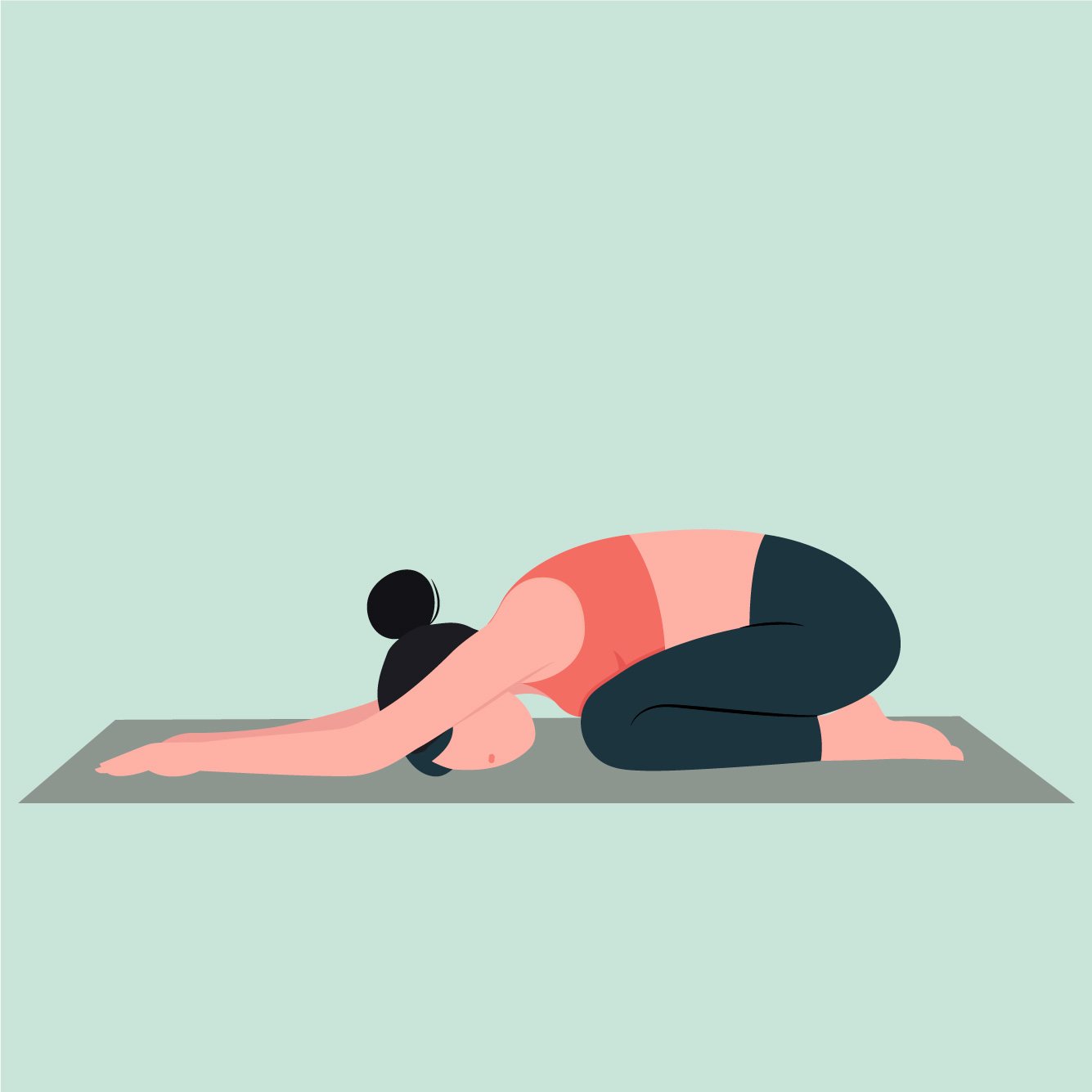The Importance of Exercise Execution During ACL Rehab
Exercises do not determine adaptations, execution of the exercise does. When people want to build strength in a particular muscle, there is often a specific exercise that comes to mind for them. For example, someone who wants to get a stronger chest might choose to bench press or someone who wants stronger quads might choose to squat. However, that logic is slightly flawed.
Let’s use a common scenario we see during rehab after an ACL injury and refer back to squats. Squats are often used to build global lower body strength, specifically the quads, glutes, and hamstrings. Let’s imagine that you’ve been prescribed squats as a means to build quad strength so you can get back to running. However, after an ACL injury, patients will often avoid loading the quads appropriately and adopt a more hip dominant strategy. So if the person in this case did months of squatting with a hip dominant strategy, we would still see huge deficits in quad strength because they never actually loaded their quads as much as they needed to. Was the exercise selection poor? Not necessarily, it was likely poor execution of the exercise; if you are unable to engage the targeted muscle, than the exercise won’t produce the adaptation you are looking for. It’s important that you move in a manner that way that allows you to feel the targeted muscle, in this case, a more knee dominant strategy.
Exercise does not determine adaptations, execution does.
How Do You Know If You Are Engaging The Specific Muscle?
Generally, there are a few things I ask my clients to see if they are engaging the targeted muscle: 1) Do you feel the intended muscle working during the repetition? 2) Do you feel a “pump” in the muscle immediately after you’ve exercised? 3) Were you sore in the intended area the day after? If the answer is yes to any one of the 3 questions, then you are likely able to engage the targeted muscle. *Note: soreness is not a good indicator of “workout” quality but rather, just serves as an indicator that if soreness is present, you were able to engage the muscle in some capacity. What if you have a difficult time engaging the specific muscle during the exercises? You can either change how you do the exercise or pick a different exercise. In many of these cases, open chain exercises are a great option for isolating specific muscles.
So What is the Takeaway?
Exercise choice does not necessarily mean you are going to get the intended adaptation. Your execution of the exercise is what is most important. The brain and body have an amazing ability to compensate and athletes are among the best compensators. It’s important to work with a provider who can identify whether or not you are engaging the targeted muscle, and if not, quickly able to cue you appropriately or choose a more appropriate exercise.
Other Posts You Might Like
















